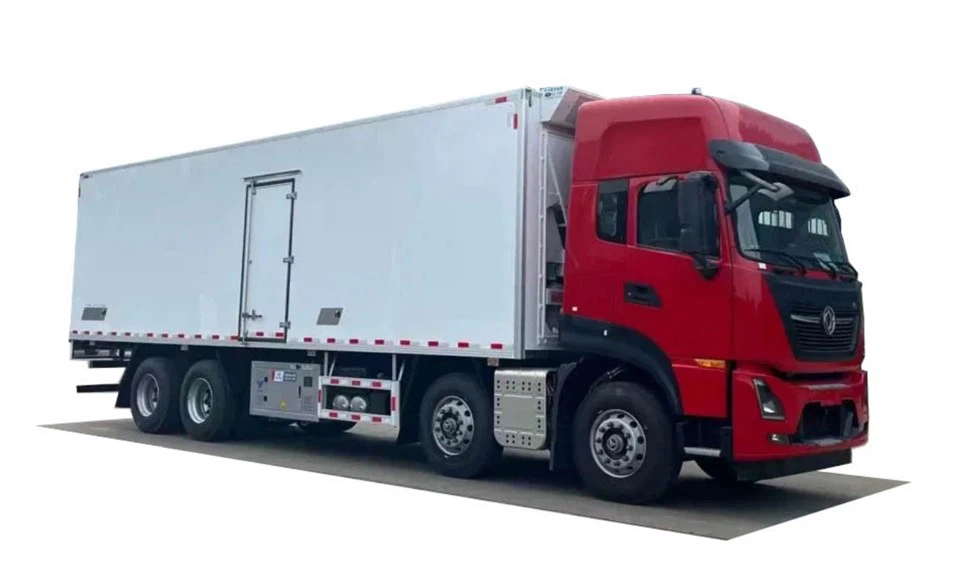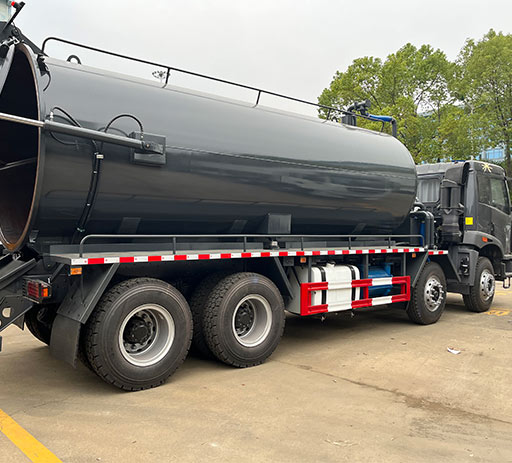Understanding Trash ASL: A Comprehensive Guide to American Sign Language and Waste Management

Introduction
As society becomes increasingly aware of environmental issues, it’s essential to explore how languages and communication methods, like American Sign Language (ASL), address topics such as waste and recycling. This article delves into the concept of “Trash ASL,” focusing on how ASL incorporates waste management terminology, gestures, and the role of the Deaf community in environmental advocacy.
What is ASL?
American Sign Language (ASL) is a visual language that utilizes hand signs, facial expressions, and body language to communicate. It gives a voice to the Deaf and hard-of-hearing community in the United States and parts of Canada. Learning ASL opens up communication pathways, fostering understanding between hearing and Deaf individuals.
The Importance of Non-Verbal Communication
In ASL, non-verbal cues are critical. These cues include facial expressions which can modify the meaning of signs, and body posture that conveys additional context. Understanding these elements enhances communication effectiveness, especially in discussions around specific topics like waste management.
Understanding Trash ASL
Trash ASL refers to the signs and gestures used in American Sign Language to discuss topics related to waste management, recycling, and environmental concerns. This section provides an overview of how to express various concepts associated with trash and recycling in ASL.
Basic Signs Related to Trash
Here are some fundamental ASL signs related to waste management:
- Trash: Sign “trash” by holding one hand in a fist and moving it in front of you as if throwing something away.
- Recycle: To sign “recycle,” use your right hand to make a circular motion upward, symbolizing the recycling process.
- Plastic: Sign “plastic” by pressing your fingers together to represent the texture of plastic material.
- Environment: Use both hands to make a circular motion, indicating the Earth and its surroundings.
Examples of Combining Signs
Combining signs can create phrases essential for discussions about trash and recycling:
- “I recycle plastic” can be signed by combining the signs for “I,” “recycle,” and “plastic.”
- “Keep the environment clean” can be signed by sequencing “keep,” “environment,” and “clean.”

The Role of Deaf Communities in Environmental Advocacy
The Deaf community has actively participated in environmental advocacy. They leverage ASL to raise awareness about waste reduction, pollution, and sustainability, often organizing events and campaigns.

Case Studies of Advocacy in Action
Several Deaf organizations have initiated programs to promote waste management awareness:
- Deaf Green Coalition: This group focuses on educating the Deaf community about environmental issues and includes ASL interpreters at events.
- ASL Environmental Workshops: These workshops teach participants about recycling and sustainable practices through ASL instruction.
The Impact of Sign Language on Environmental Communication
Using ASL for environmental communication has a profound impact. It ensures inclusivity for Deaf individuals in environmental discussions and allows them to voice their concerns effectively.
Enhancing Community Engagement
Inclusive programs that utilize ASL have shown to enhance community engagement. Accessibility to environmental information through sign language fosters a knowledgeable populace.
This Generation’s Responsibility Towards Trash Management
Today’s generation faces significant waste management challenges. Through education and advocacy, both hearing and Deaf communities can collaboratively address these issues.
Effective Waste Management Practices
Practicing effective waste management involves:

- Reduce: Minimizing waste by making smarter purchasing choices.
- Reuse: Finding new uses for items instead of discarding them.
- Recycle: Participating in local recycling programs to divert waste from landfills.
Practical Tips for the Deaf Community
Here are some practical tips specifically for members of the Deaf community to engage in waste management:
- Join local environmental groups that offer ASL interpretation.
- Create social media platforms where you can share tips and ideas on waste reduction.
- Organize clean-up events with your local Deaf community and promote them through ASL outreach.
Collaborative Educational Initiatives
Creating collaborative educational initiatives can help bridge the gap between environmentalism and ASL.
Workshops and Events
Communities can host workshops that educate both hearing and Deaf individuals on effective waste management:
- Conduct virtual seminars with ASL interpretation focused on recycling and waste reduction.
- Host clean-up drives that encourage participation from the Deaf community; using effective communication methods enhances engagement.
FAQs About Trash ASL
What is Trash ASL?
Trash ASL refers to the signs and expressions used in American Sign Language to communicate topics related to waste management, recycling, and environmental care.
How can I learn the signs related to trash and recycling in ASL?
You can learn these signs through ASL classes, online resources, or community workshops that focus on environmental issues.
Why is it important to include the Deaf community in environmental discussions?
Including the Deaf community ensures that everyone is represented in discussions about environmental issues, fostering a more inclusive and effective approach to waste management.
Are there resources for Deaf individuals in environmental advocacy?
Yes, many organizations offer resources, workshops, and events specifically tailored to the Deaf community focusing on environmental advocacy.
Can I use ASL to promote environmental awareness on social media?
Absolutely! Many people are successfully using ASL in videos and posts to share tips and information on environmental awareness and actions.
How can I find local Deaf environmental groups?
You can search online for local chapters of organizations or use social media to connect with Deaf environmental advocates. Community bulletin boards often list related events and groups.
